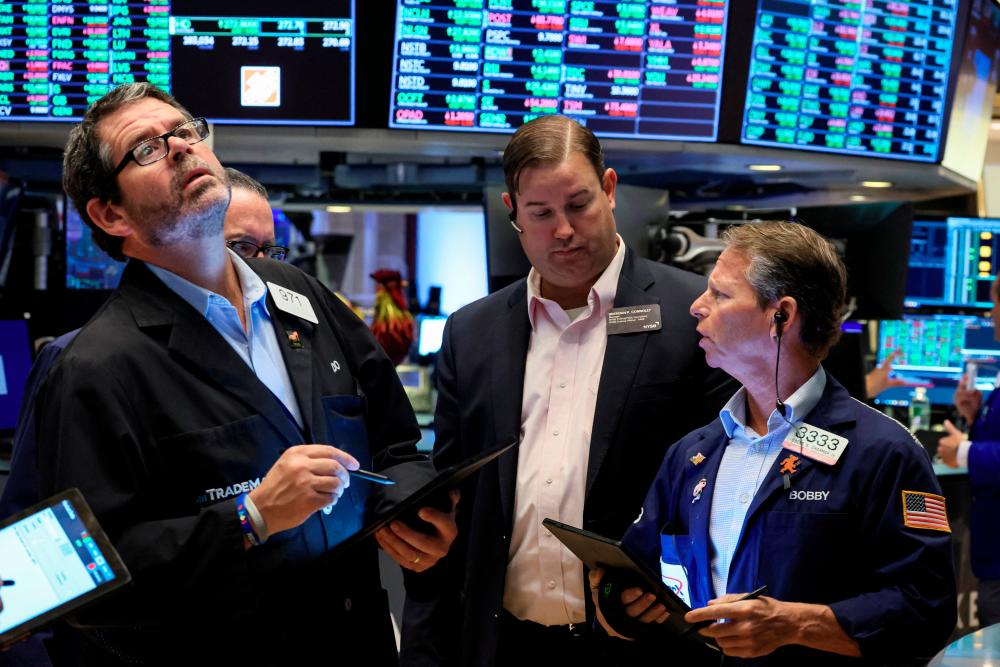NEW YORK: Wall Street stocks fell again on Monday (Sept 26) as major indices slumped to their lowest level of 2022 amid market fallout from central bank policy pivots to address inflation.
“Financial markets are a mess,” said Oanda’s Edward Moya, alluding to turbulence in the foreign exchange markets that has boosted the dollar.
“Wall Street is realising that we won’t be seeing a significant sign that inflation is easing fast enough in the next couple of months and that should make it tough to buy the dip just yet.”
After last week’s rout, US indices climbed early in the session before falling.
The Dow Jones Industrial Average finished down 1.1 percent at 29,260.81.
The broad-based S&P 600 shed 1.0 percent to 3,655.04, while the tech-rich Nasdaq Composite Index declined 0.6 percent to 10,802.92.
Monday was the lowest close of 2022 for both the Dow and the S&P 500.
The Dow is now down 20.5% from its record high close on Jan 4. According to a widely used definition, ending the session down 20% or more from its record high close confirms the Dow has been in a bear market since hitting its January peak.
The S&P 500 has yet to drop below its intra-day low on June 17. It is down about 23% so far in 2022.
The S&P 500 also dropped nearly 5% last week after the Federal Reserve announced another big increase in interest rates, spurring rate moves from the Bank of England and other central banks.
The aggressive moves by central banks have weighed on equities, with many investors now seeing increased odds of a recession.
Still, some analysts consider the stock market to be “oversold” in the short run.
Given that backdrop, CFRA Research “thinks the S&P 500 and its constituent sectors and sub-industries are ripe for a relief rally”, said a note from chief investment strategist Sam Stovall. “The only question is whether the rally will have legs or get sold into.”
“Investors are just throwing in the towel,” said Jake Dollarhide, CEO of Longbow Asset Management in Tulsa, Oklahoma. “It’s the uncertainty about the high-water mark for the Fed funds rate. Is it 4.6%, is it 5%? Is it sometime in 2023?”
Confidence among stock traders was also shaken by dramatic moves in the global foreign exchange market as sterling hit an all-time low on worries that the new British government’s fiscal plan released on Friday threatened to stretch the country’s finances.
That added an extra layer of volatility to markets, where investors are worried about a global recession amid decades-high inflation. The CBOE Volatility index, hovered near three-month highs. – AFP, Reuters










